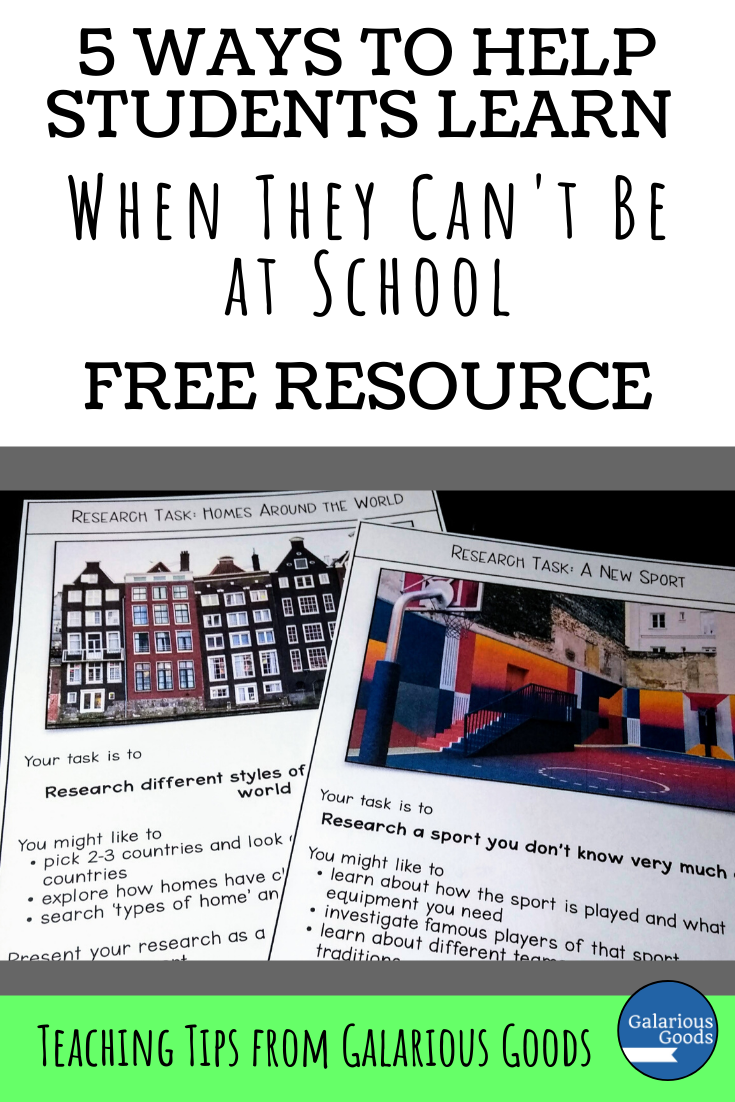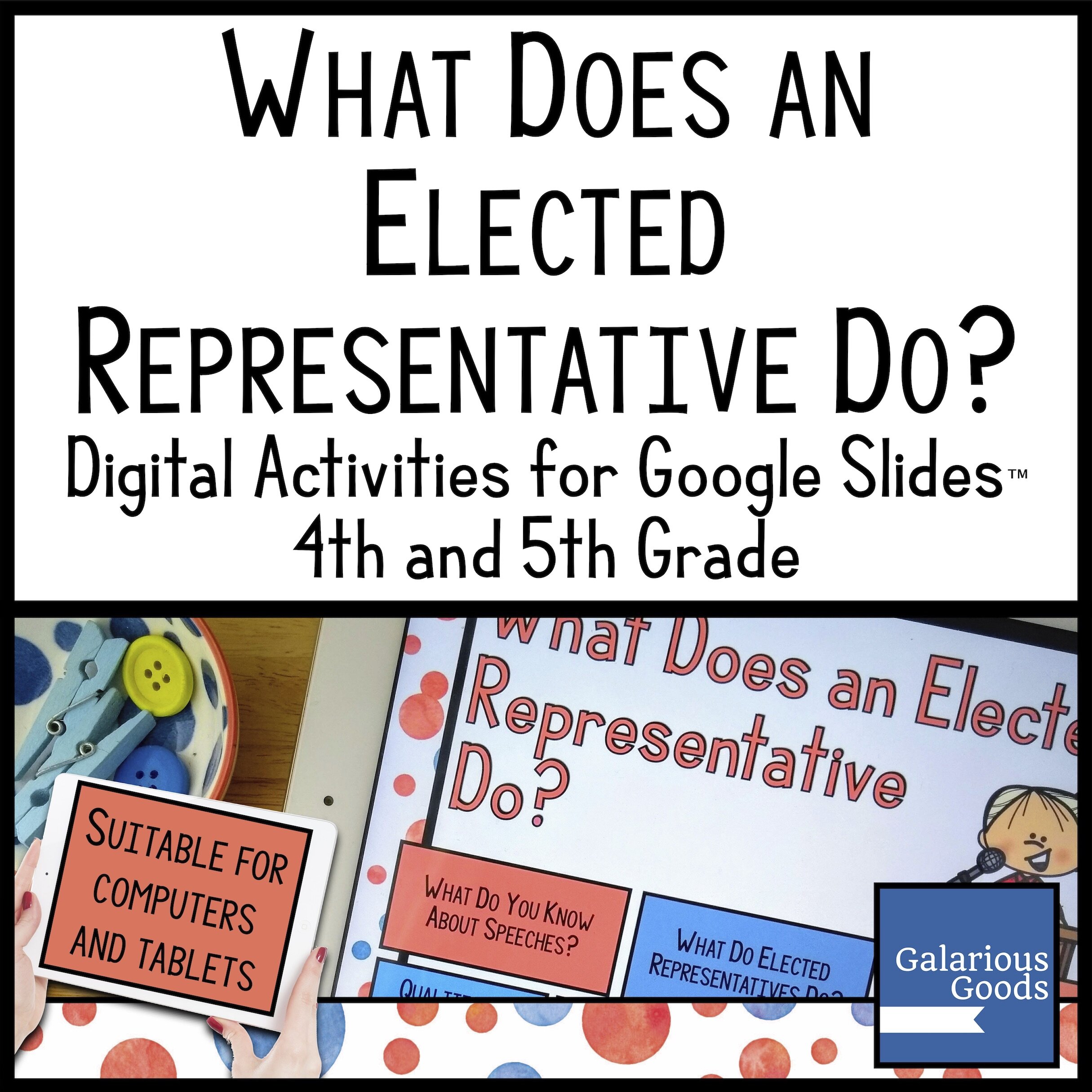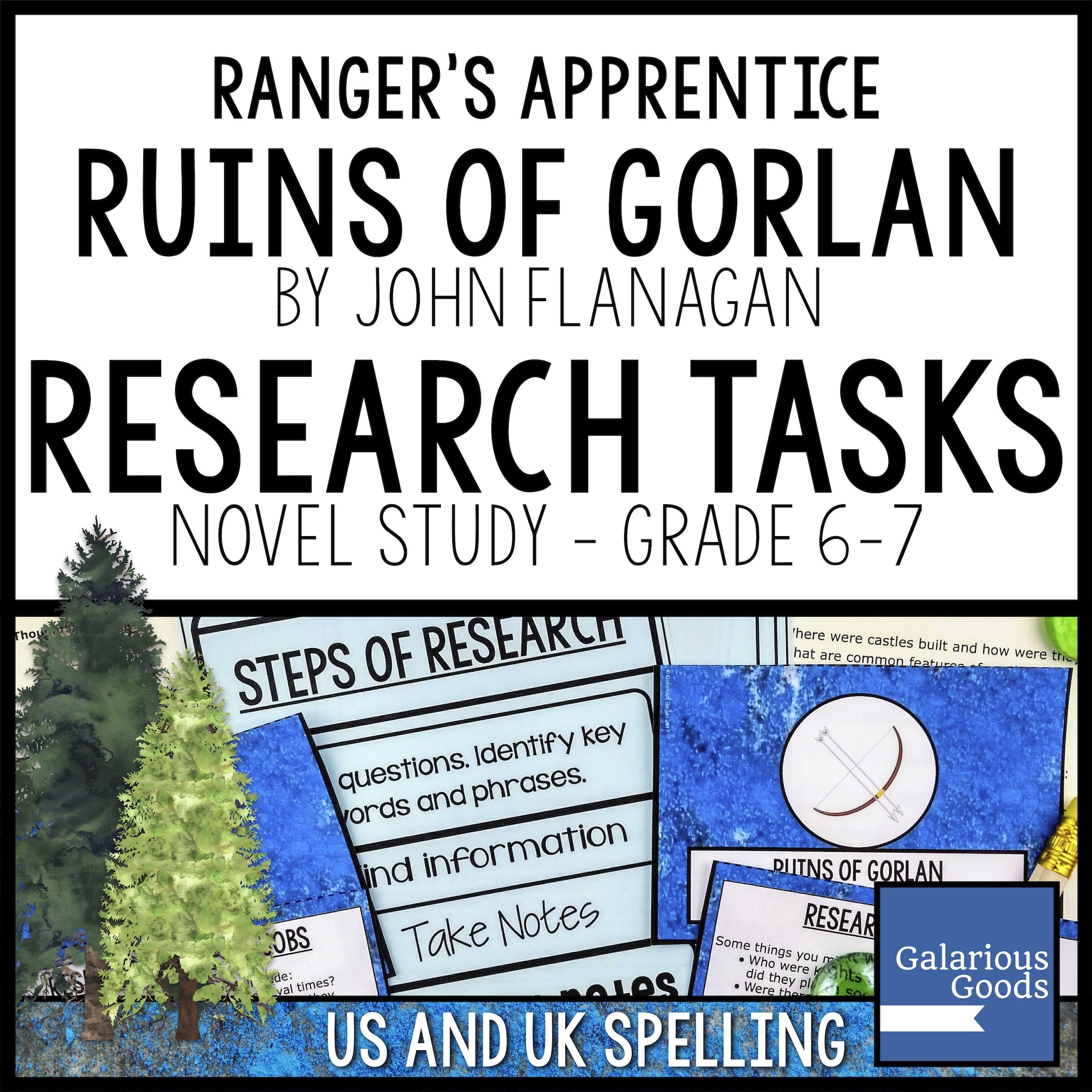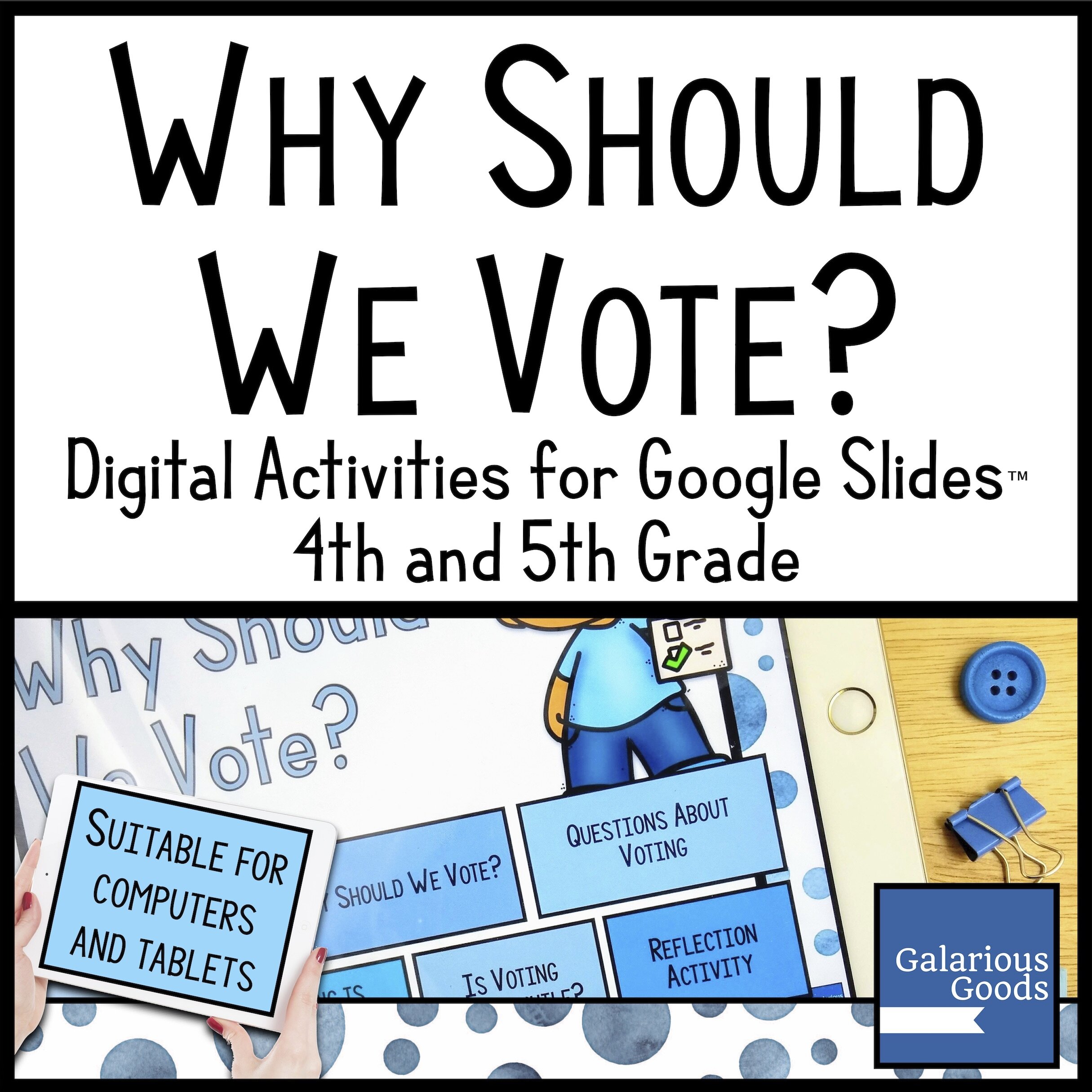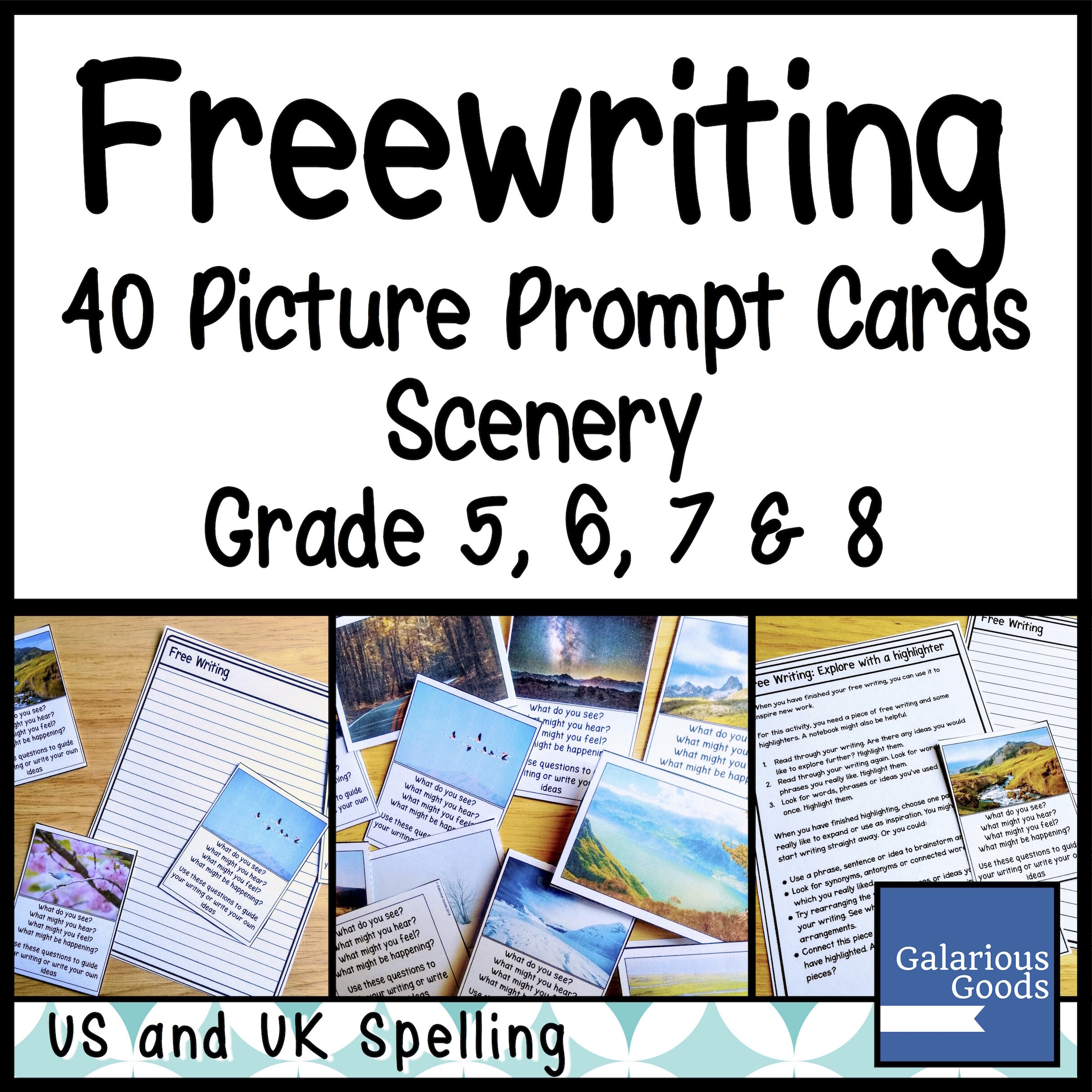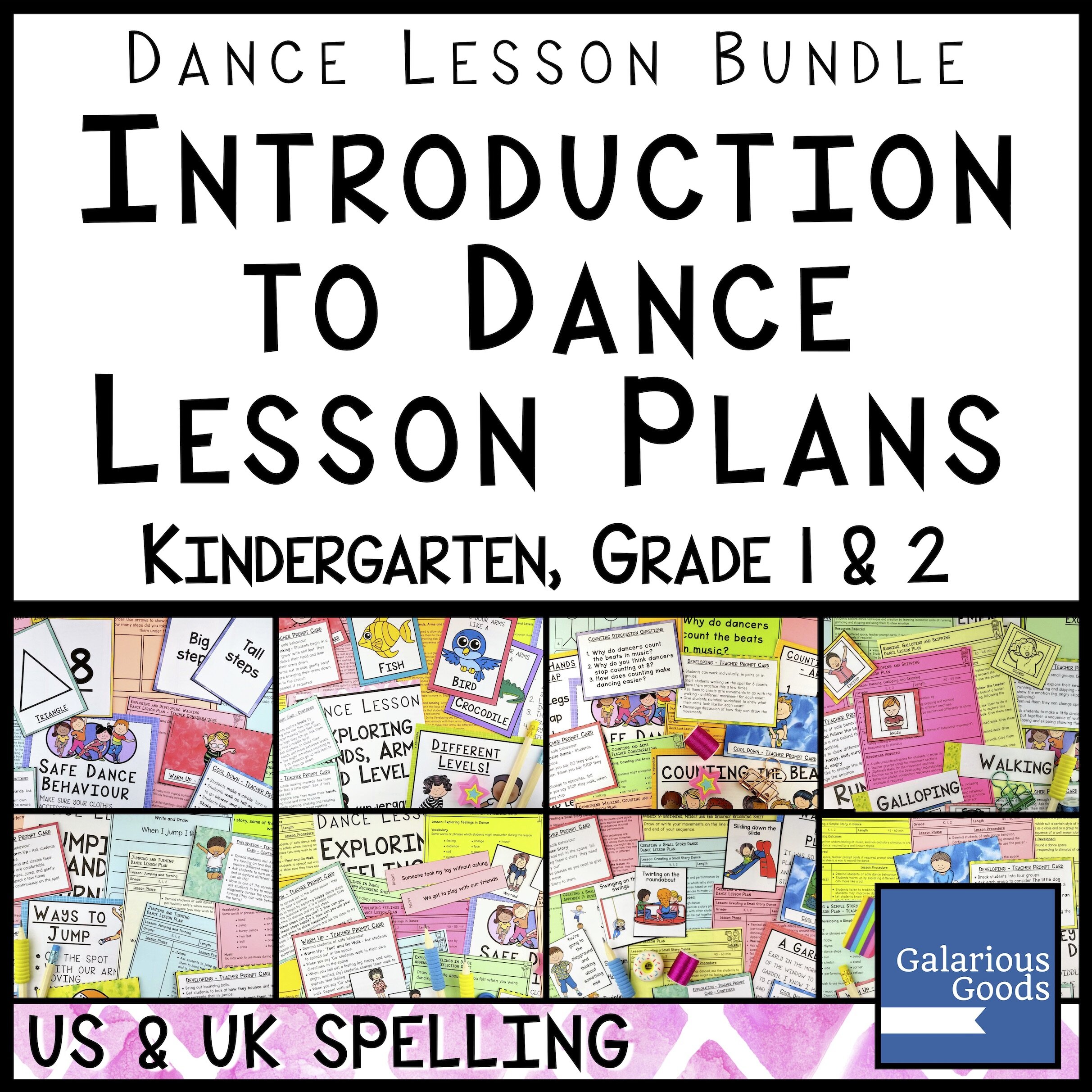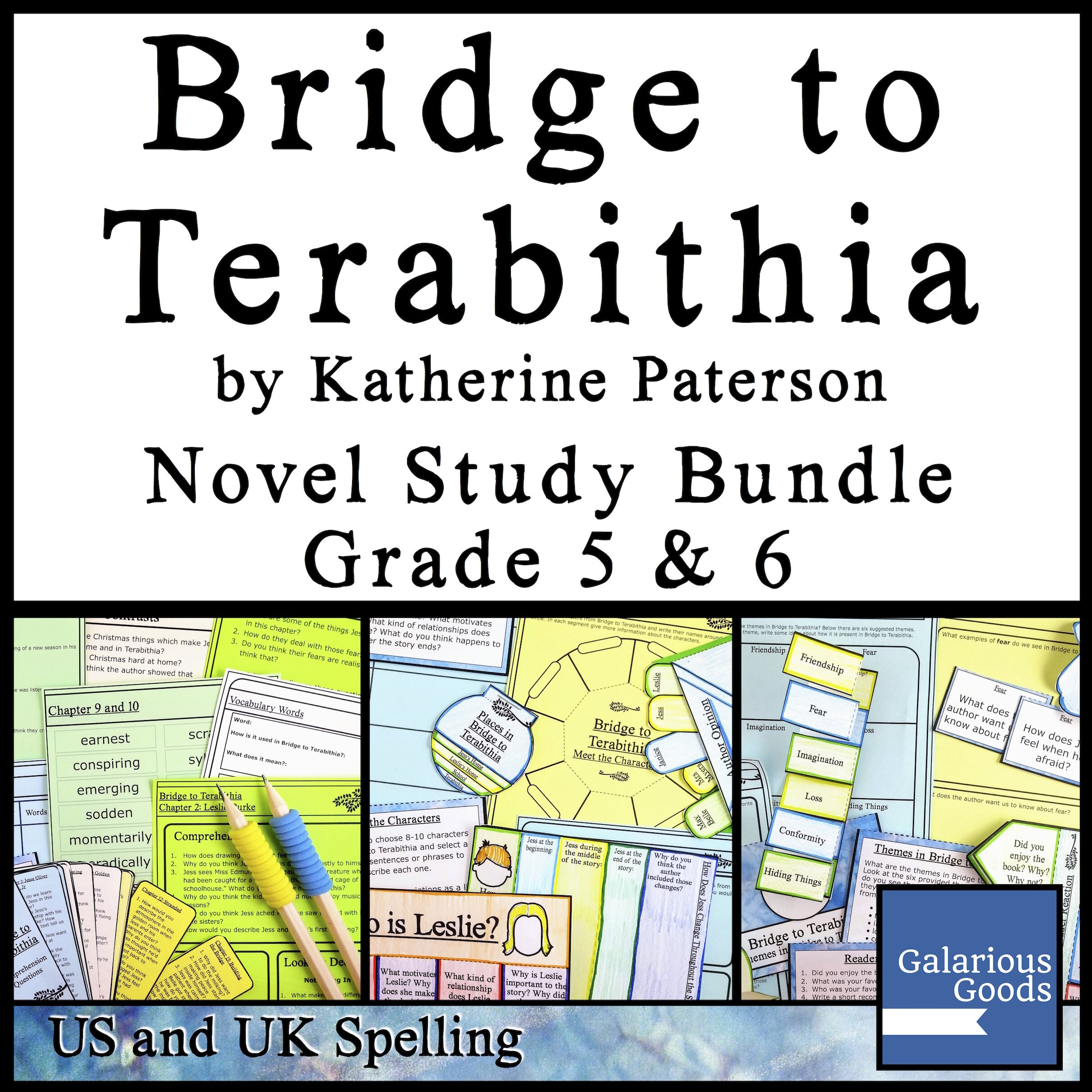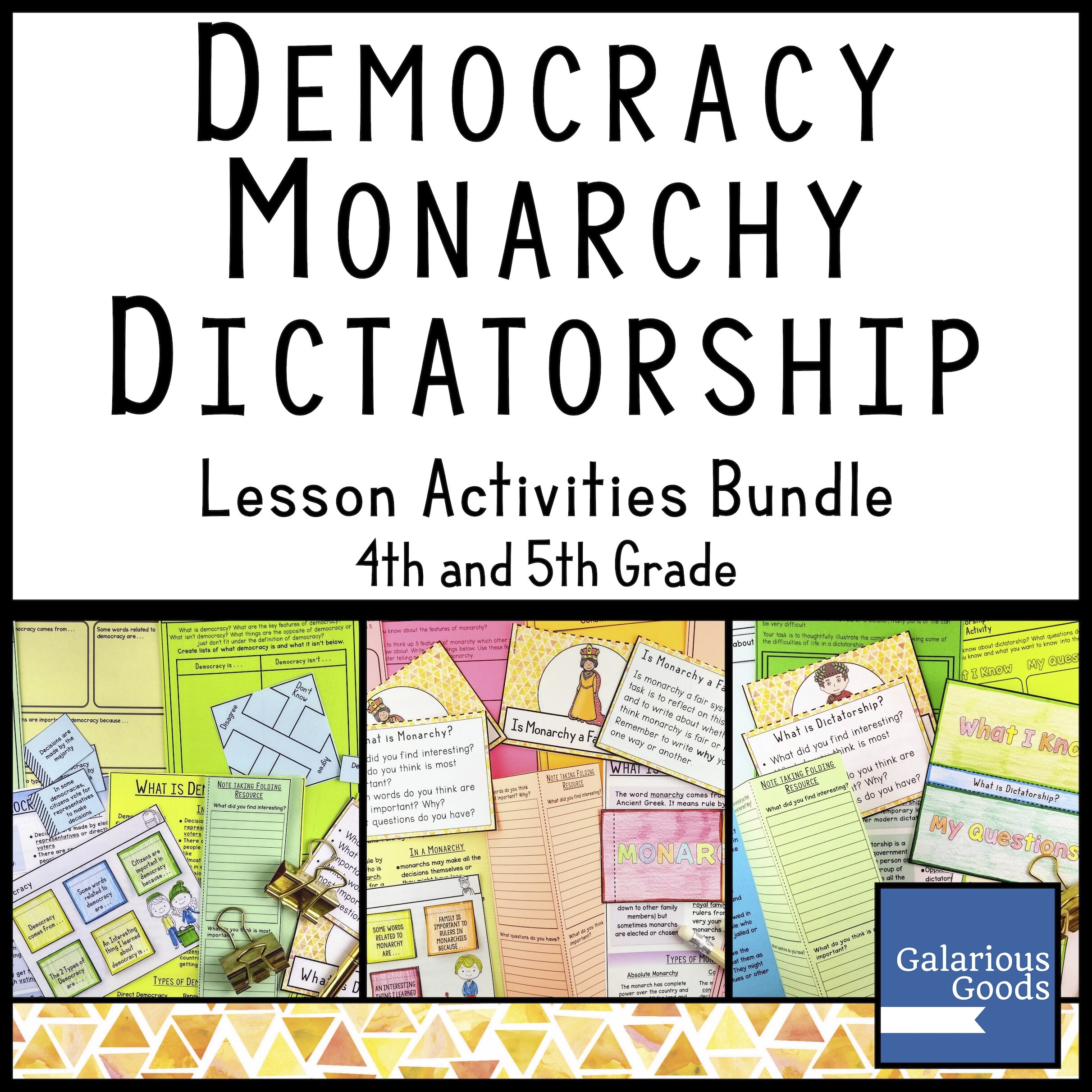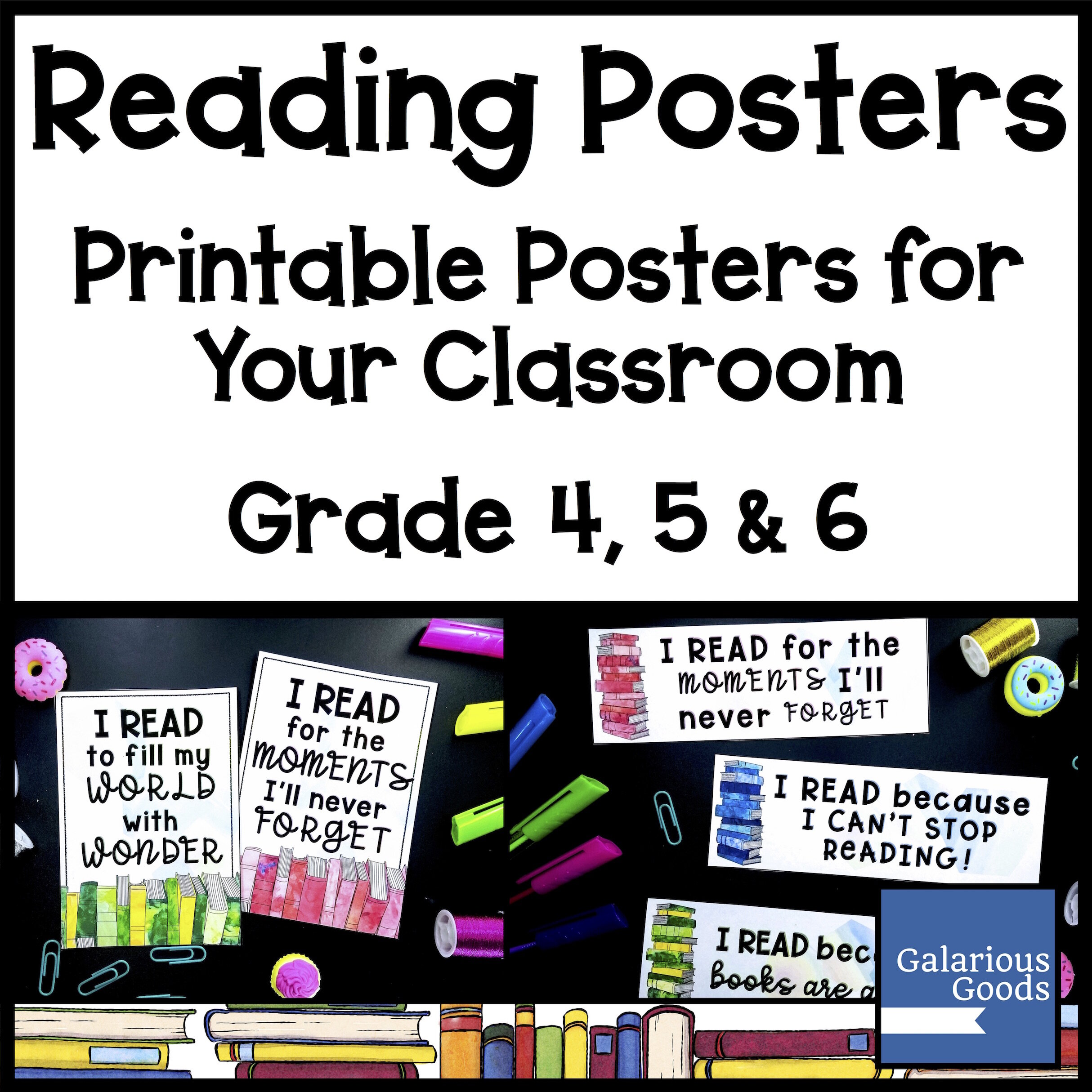5 Ways to Help Students Learn When They Can't Be at School
/We’re currently in one of those moments - the moments which history remembers. With a pandemic spreading around the world and countries slowly (or quickly) shutting down, our own governments are having to make some tough decisions about what happens next.
For many of us, that means schools closing. Which comes with a wide range of challenges - have our students got access to technology? Have they got an environment in which they can learn? How can we make sure they cover the curriculum in the best way possible?
I definitely don’t have all the answers, but I’ve been thinking about some ways which might make it a little easier to get learning to our students over the coming weeks and months.
1. Use Information Sheets and Activities
When we teach science and social studies, so much of it revolves around content and learning basic facts and concepts. Information sheets can be excellent for providing this information to students, allowing them to also explore content reading.
One way to share information sheets is as a PDF file - with a PDF reader like Adobe Reader allowing students to add their own notes to the sheet. If students have access to a printer or are provided with a package, these can be highlighted and written on as well.
Follow up activities can be as easy as identifying key information and vocabulary in the resource, through to developing further questions, turning the information into a diagram, creating a poster or cartoon about the information or creating a series of comprehension questions for other readers.
The Australian Government mini units for Year 4, 5 and 6 are designed around information sheets and follow up activities. To only send students the pages you wish to send them from a purchased resource, you can use the Print as PDF feature in Adobe Reader to save those particular pages, then share them with your students.
2. Research Activities
Research activities are great across a wide range of subjects. Want to explore the works of a particular author when school returns? Ask students to research that author! Want students to understand the daily importance of maths? Ask them to investigate some of the ways they’re using maths every day at home! Want kids to travel without travelling? Ask them to research a country!
Research can be honestly difficult for students, so you may like to provide some scaffolding - either in the form of additional questions for students to take a closer look at (eg. What are 3 important things in the history of that country? What are some popular foods in that country?) or by providing some additional research tools.
If you’re considering a novel study for Boy Overboard, The Ruins of Gorlan (Ranger’s Apprentice) or Nim’s Island this year, there are also research resources available which students may be able to explore before they read the book.
3. Writing Activities
Writing is one of the easiest tasks to set for home. Students just need something to write on and with - whether it’s paper and pencil or a laptop or device. Students can even experiment with some of the dictation tools available!
Writing tasks can be easily shared - on a piece of paper in a package, in an email to parents, through an online classroom. Students can send their work back too - even if they need to photograph it to send it through.
Writing tasks can be fiction or nonfiction, reflective or imaginative, big or little. You can set text prompts, picture prompts or no prompts at all. And - just to make it even more attractive - writing also helps with reading.
I also have a collection of Freewriting activities and prompts, and a blog post which you can share with your students.
4. Digital Resources
There’s definitely going to be a boom in digital resources appearing in the next few days and weeks, but they have both advantages and drawbacks. Good digital resources should be more than just worksheets with text boxes. They embrace moveable elements and different ways of engaging with learning. However, using them also involves an amount of technological know-how (including the most important ‘undo’ buttons on Google slides resources!)
One exciting option is to ask your students who have access to computers or devices to create their own digital resources using Power Point, Keynote or Google Slides. They can explore adding information, including moveable parts and text boxes, trying to add videos or audio, any required animations or transitions - and for some extra fun, linking from one slide to another.
5. Character, Setting, Retelling and Whole Novel Exploration
You may have reached the end of your class novel before school was closed. Or you may have been given permission to read your class novel through an online classroom. Or students may be lucky enough to have their own copy of the novel. If this is the case, you can absolutely continue taking an in-depth look at this novel.
While it might be harder to do comprehension or vocabulary activities remotely, there’s lots of ways you can explore characters, settings or the novel as a whole. Ask students to create profiles of the main characters, to write letters between characters or to create lists of how the characters might behave if they were in lockdown. Ask them to create tourist guides of the settings or to compare one setting with another. And ask students to retell the story or to look at some of the themes or events from the novel.
You can find a free resource for Retelling here as well as free sample packs for Boy Overboard, Nim’s Island and Hating Alison Ashley. You can also find a wide range of Novel and Picture Book resources at Galarious Goods - many of which you can utilize in a home setting.


